9 Types of Bird Feeders You Should Know
Simply said, a large variety of bird feeders are available to purchase, and each model offers a different and distinctive way to provide food for birds. This is because various kinds of birds have distinctive preferences when it comes to what they eat. As a result, it is essential to choose the appropriate feeder for the bird species you wish to attract. In addition to ensuring that a bird feeder is simple to maintain and clean, that it can keep seeds dry regardless of the season, and that it is durable enough to support the typical weather in the region.
Table of Contents
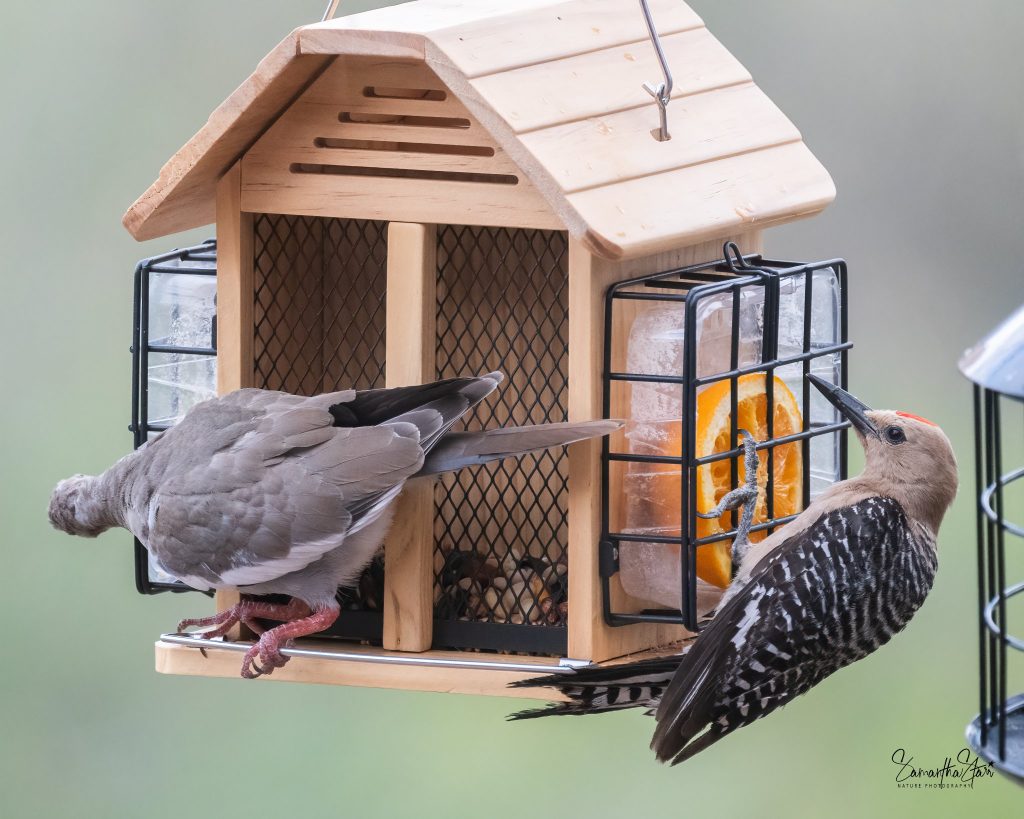
If you want to bring a broad range of feathered friends into your backyard, the best thing you can do is hang a variety of Kingsyard bird feeders and provide food that is suited for each species. As you’ll see, several species have a variety of preferences for both their feeders and their diets.
In general, feeders may be broken down into one of 9 primary categories:
1. Tray/Platform feeders
The tray or platform feeder is one of the most basic designs for a bird feeder, and it simply consists of a big, hanging flat surface with borders that are designed to confine the seeds. Essentially, what you are doing when you use this kind of feeder is giving your feathered friends an elevated platform on which they may consume their food risk-freely. If you have a tray that is entirely open, it will be simple for you to add seeds and simple for the birds to come, settle, and feed on it.

@Sheila Frost

@David Nguyen
2. Suet Feeders
Suet is rendered fat, and a suet feeder is really nothing more than a cage to keep the suet. This style of feeder is most likely to attract bird species that consume insects, especially during the winter months in colder places when there are fewer insects available to eat. Because suet does not keep well in warm temperatures and will either get rancid or melt, it is recommended that suet be saved as a meal for when the temperature is lower.
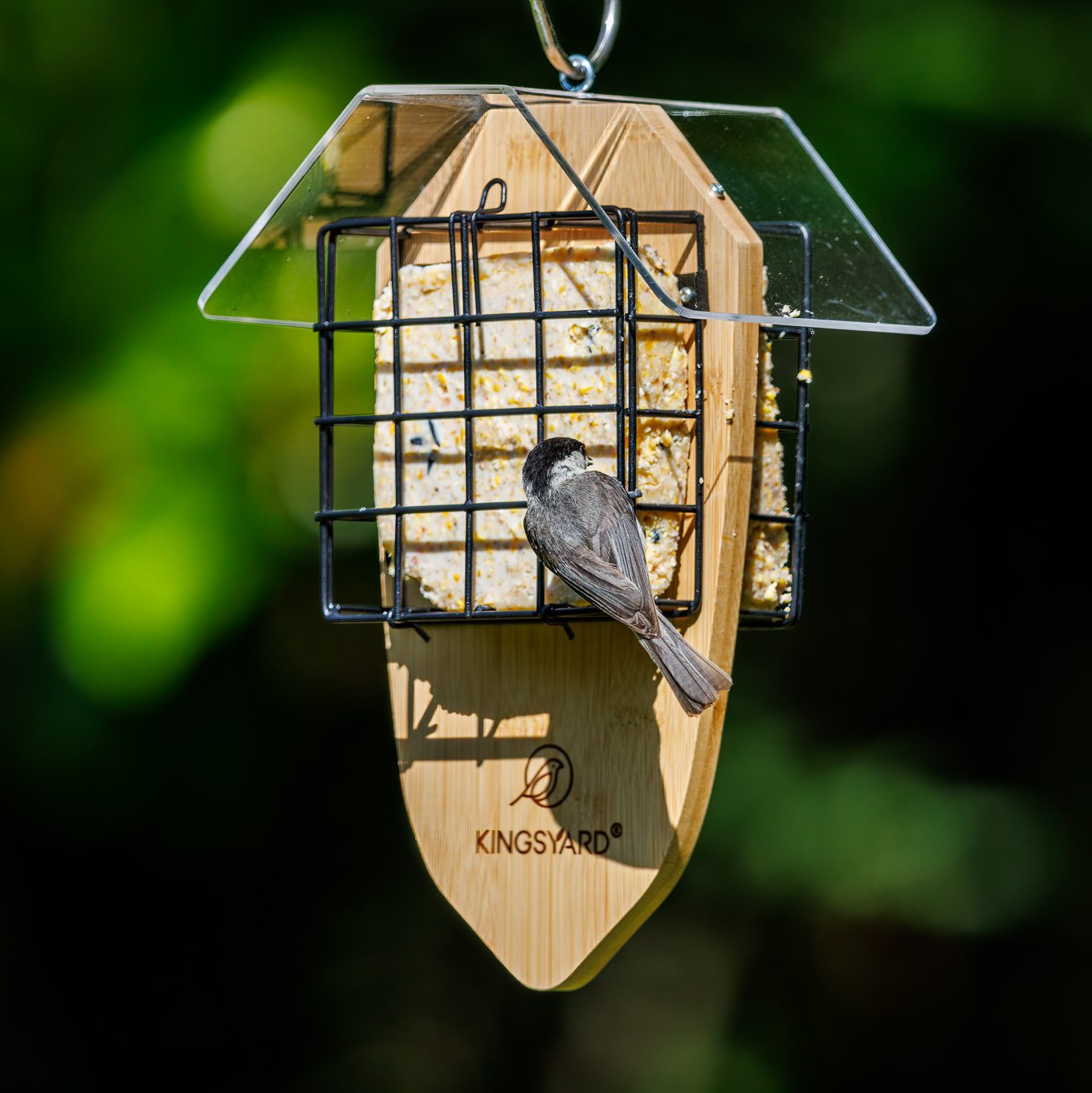
@Bruce Weinberg
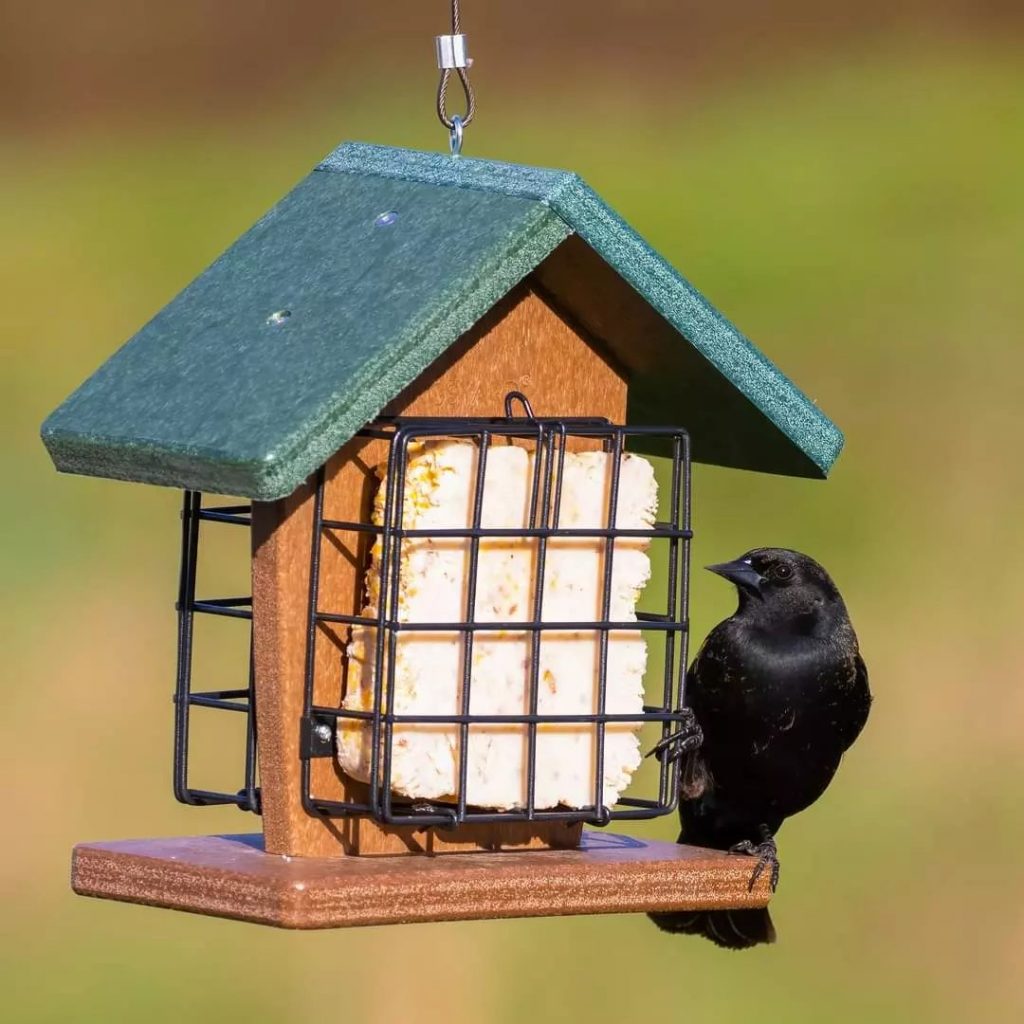
@Kim Walters
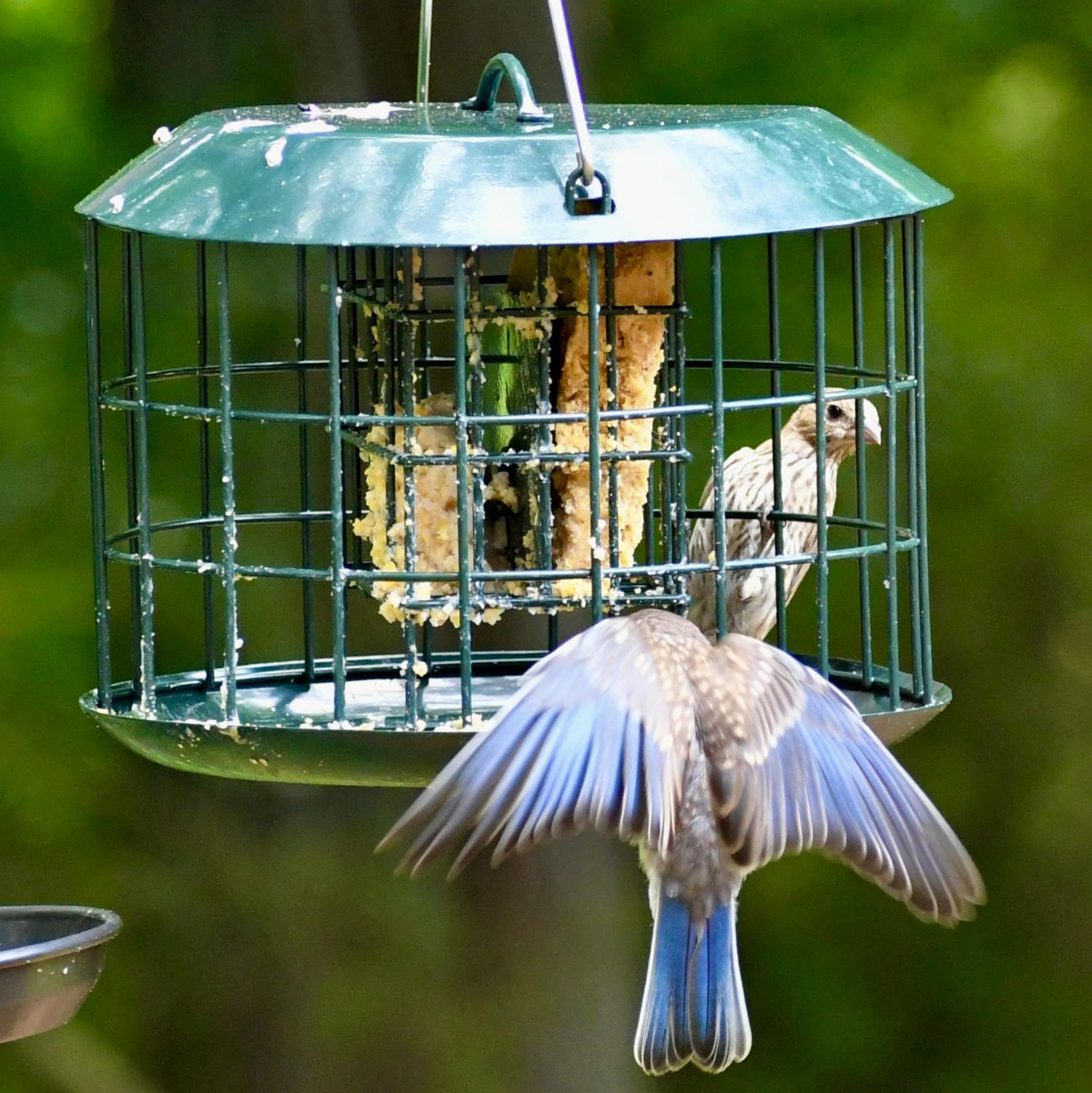
@Christina Zou
3. Tube Feeders
If you aren’t entirely sure that a platform/tray feeder is your preference because it can attract all sorts of species, both large and petite, then a Tube feeder by Kingsyard could be just what you’re looking for. This feeder is intended to restrict the kinds of birds that may eat at it and deter other animals, including those without feathers, from stealing food from it. In most cases, tube feeders are utilized for the purpose of luring finches and several other species of little variety birds because smaller birds prefer to feed in the branches of trees rather than on the ground.
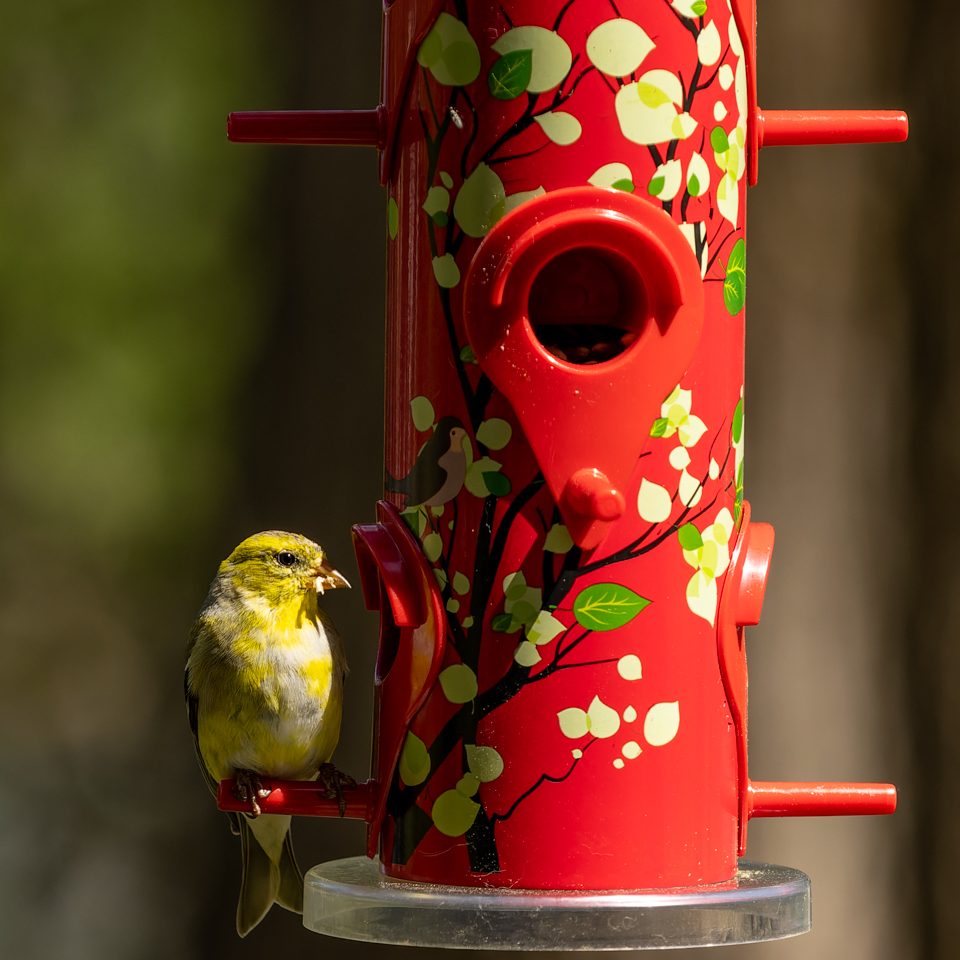
@charlesschmidtphotography
4. Hummingbird Feeders
Hummingbirds and orioles will come to your yard if you have nectar feeders that have been built specifically for them. These versions are designed to store liquid rather than seeds, therefore supplying sugar water, also known as nectar, which is the primary source of nutrition for the birds of this species. In addition to that, it has been observed that certain species of woodpeckers will also feed on nectar feeders.
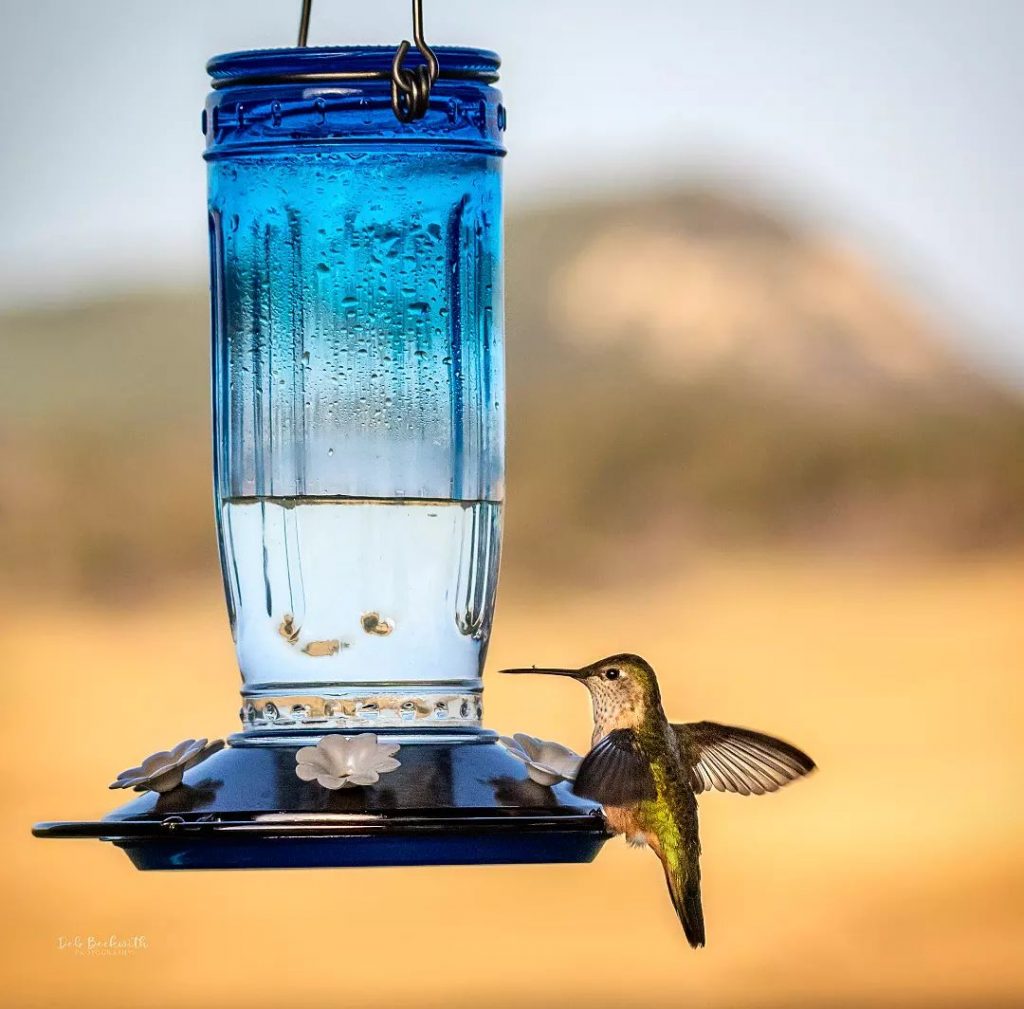
@debsdailybird
5. Thistle or Nyjer Feeders
Thistle feeders are a specialized type of bird feeder that can also be referred to as Nyjer feeders or Thistle feeders. These feeders are designed to dispense the tiny Nyjer seeds, which are a favorite food of finches. There are two distinct designs available for this kind of feeder: the first is a tube that has several small feeding openings, and the second is a “sock” made of fine mesh. Even though they are intended to be hung in different ways, both versions contain a mesh that prevents the smaller seeds from falling out while still permitting the birds to feast. As the birds collect the seeds from the feeders, they cling to the little pores in the feeders.
6. Fruit Feeders
Fruit feeders, sometimes known as oriole feeders, are designed to contain slices/pieces of fruit such as apples, cherries, and oranges, with citrus fruits being the fruit most commonly used. These feeders include a hook on the bottom that allows them to be hung from a sturdy tree branch or fixed into a pole. Some models also have a little basin for adding jelly, which is something that orioles like eating.

7. Hopper Feeders
Hopper feeders keep seeds dry, and it is one of the many advantages they provide. They often have a lid that can be removed, and the seeds they contain fall out into a tray at the bottom of the container, making them simple to fill and use. The food for the birds is located on this lower tray. This kind of feeder is similar to both a tube model and a platform or tray model in many respects. It is a hybrid of the two. The hopper feeder is the type of bird feeder favored by many people who are interested in birds since it appears to give the best of both worlds: a flat part where birds can eat readily, as well as a roof that covers the seeds.
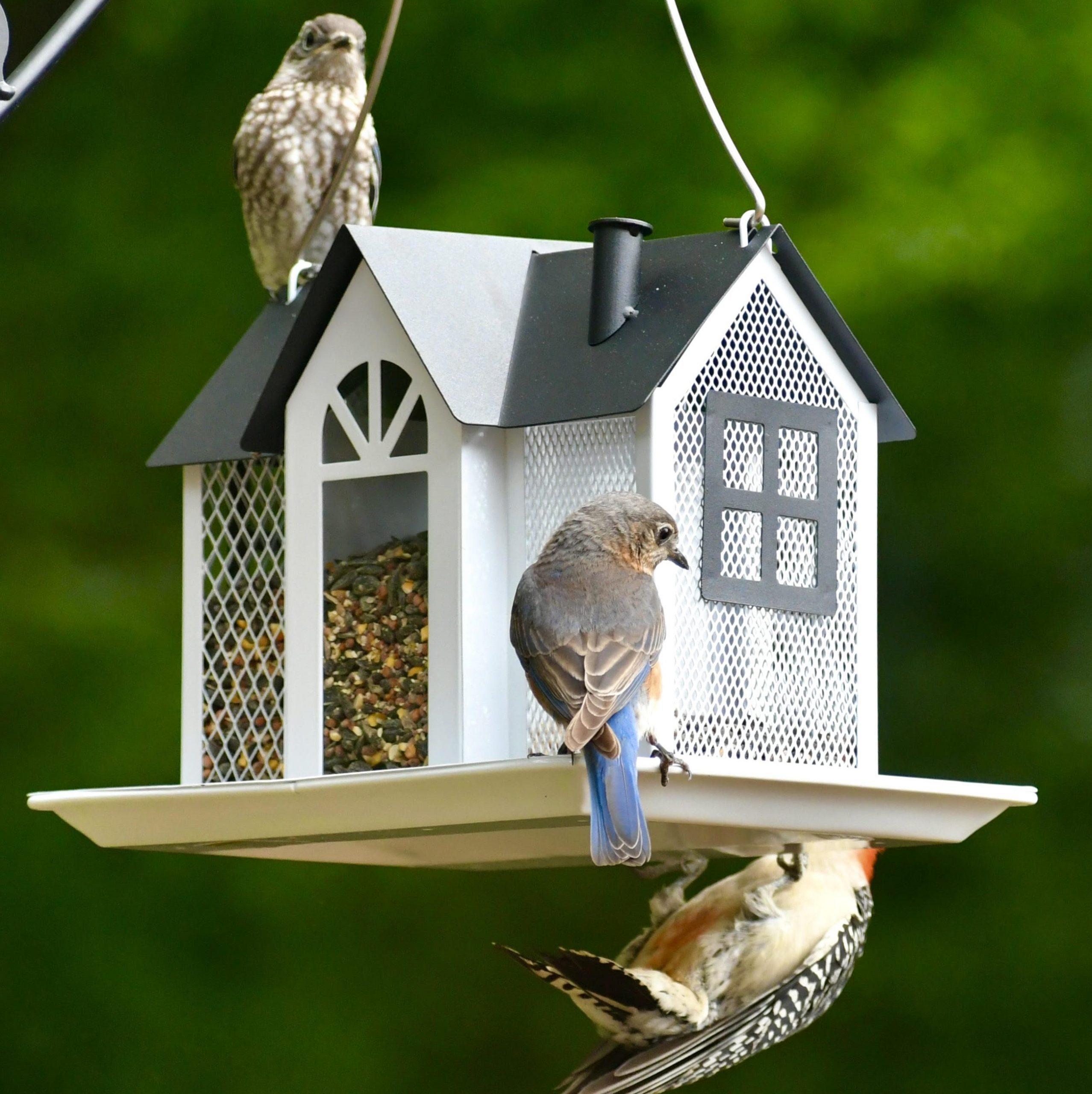
@Christina Zou
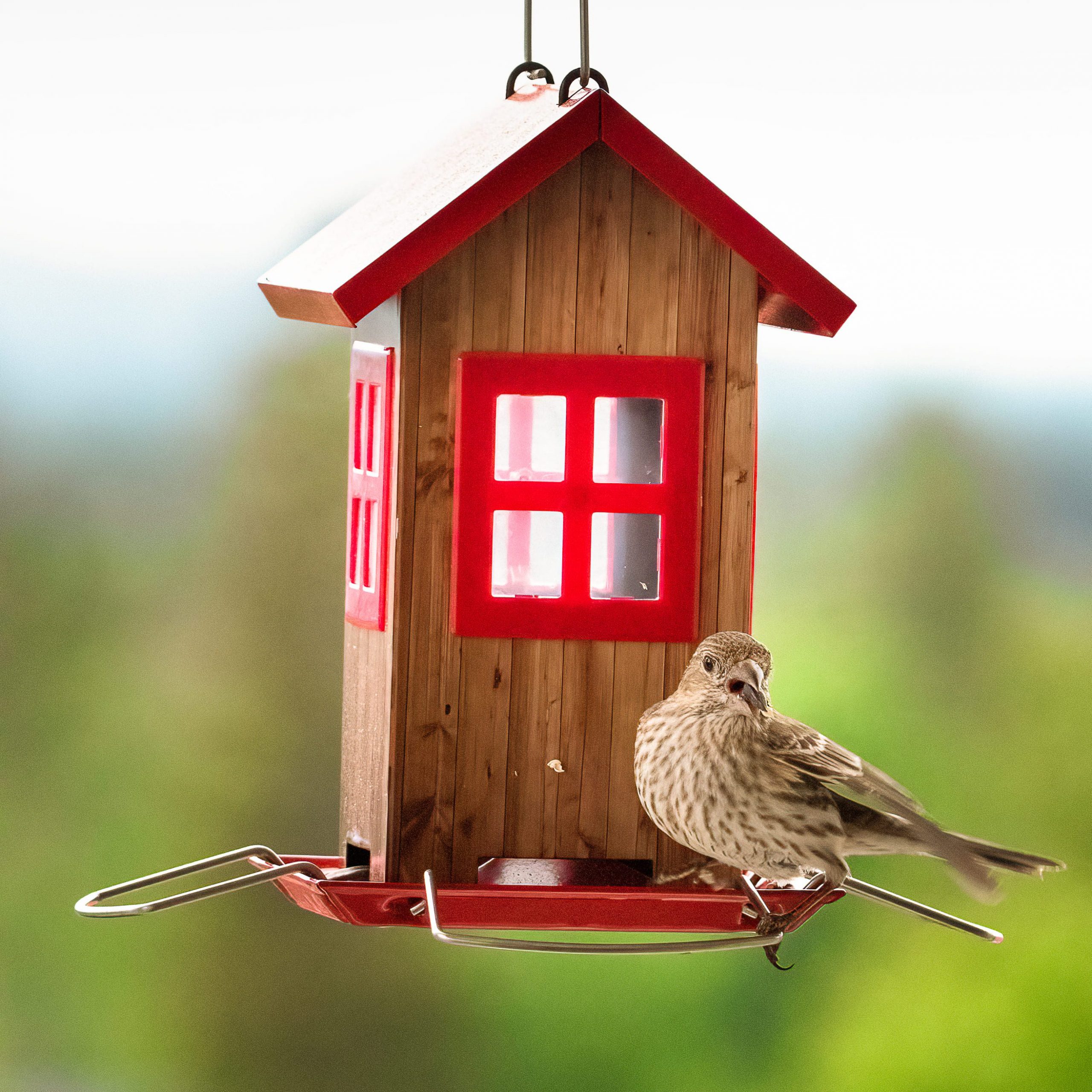
@d.hoffgaard_photography
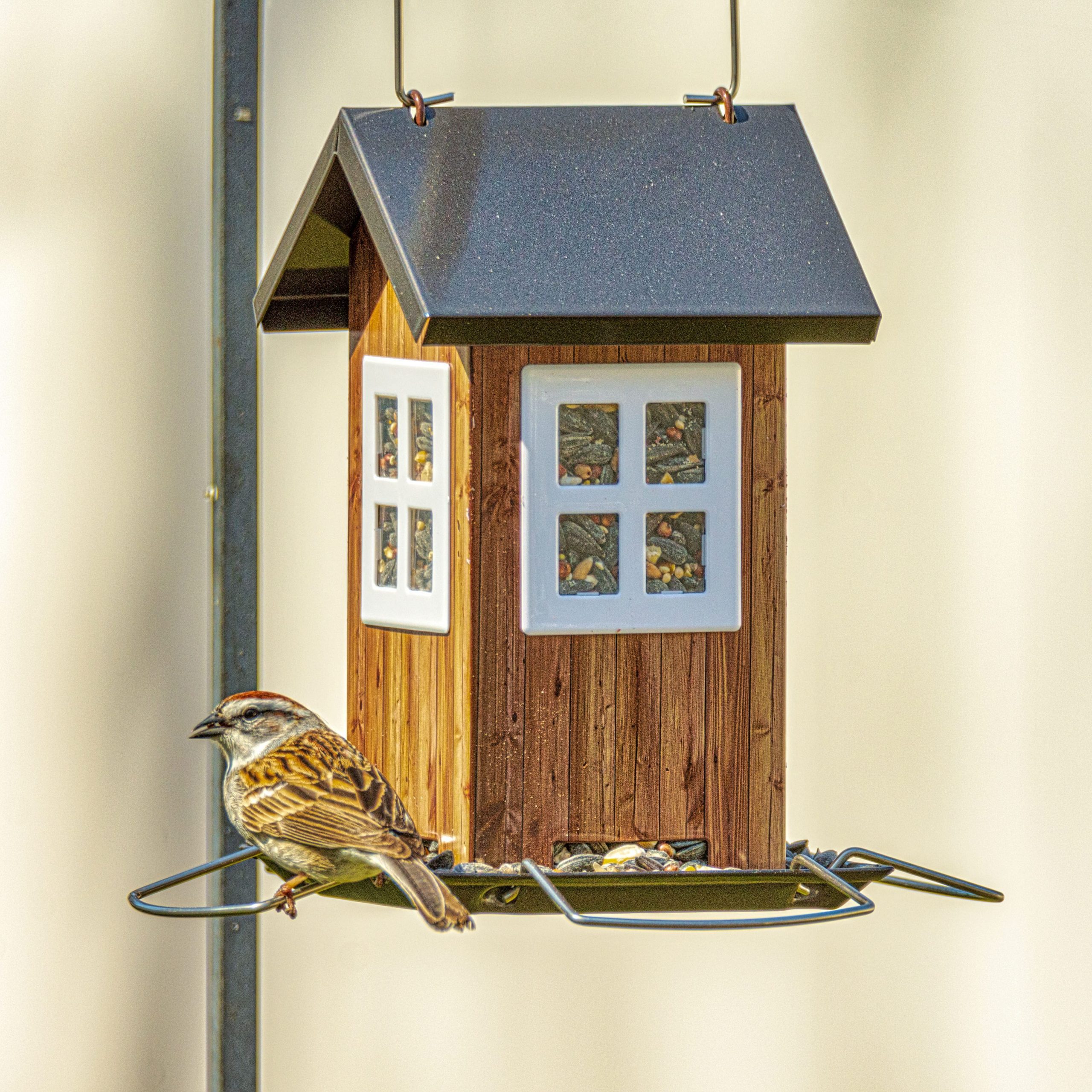
@Donald Lanham
8. Caged Feeders
If you want to offer a secure feeding location for your birds without being concerned about a squirrel taking all of the seed/nuts you have put out for them, caged bird feeders are the way to go. In most cases, there are bars all the way around the feeder. As a consequence, the birds can fly in and out of the cage to get the seed, but the squirrels cannot access the seed due to the small openings in the cage. Although these feeders were initially developed to discourage squirrels from feeding on the seed you put out for backyard birds, they are also quite effective at preventing bigger birds from consuming all the seed in the feeders.
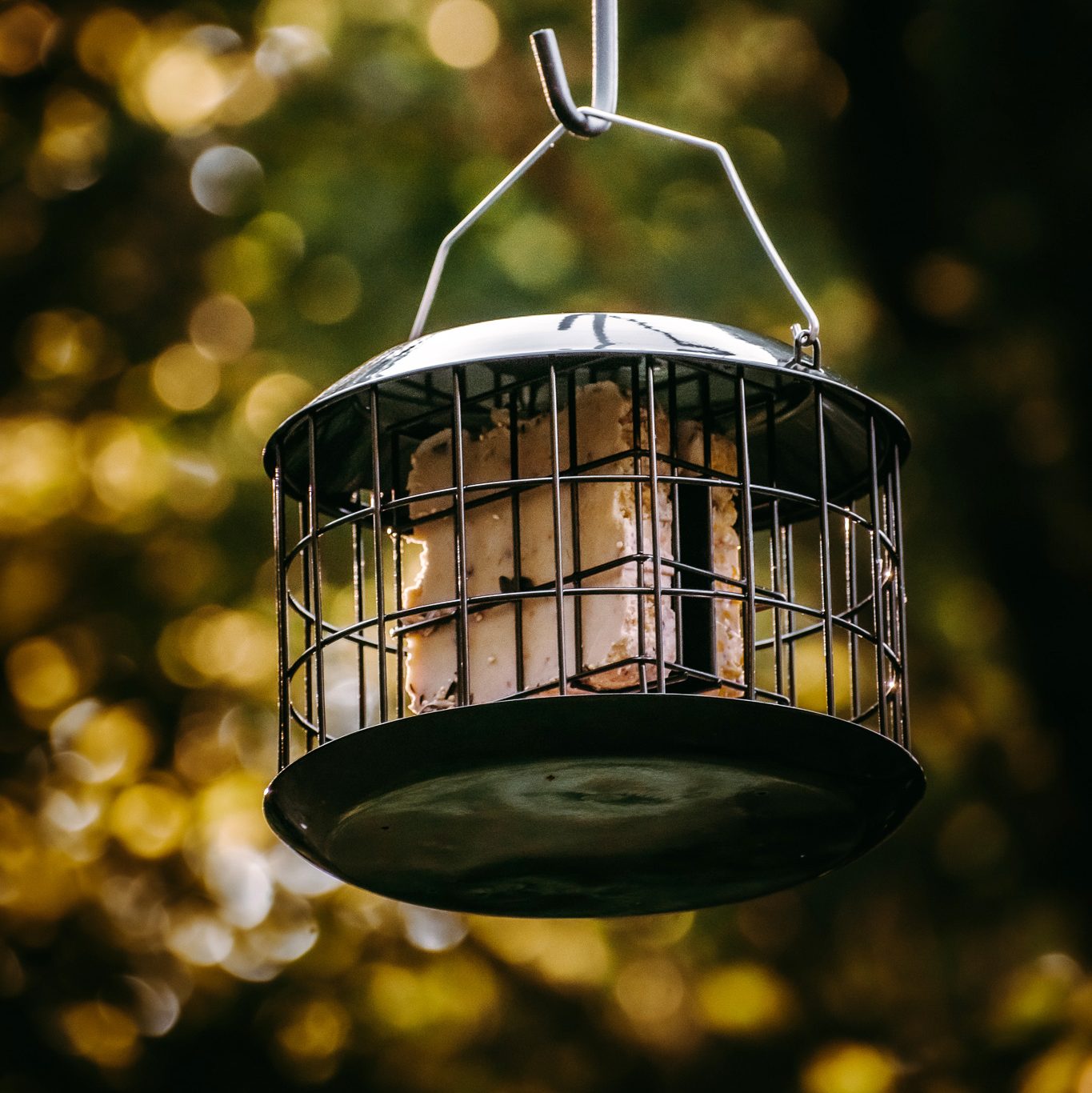
@meganmahfoud
9. Window Feeders
Window feeders can be easily affixed to windows with suction cups. Although you are living in an apartment without a backyard or trees, it can still provide you with gorgeous and close views of bird watching. You can lie down on the sofa and observe birds’ behavior, how relaxing it is! More importantly, window feeders are easy to clean and they are the safest feeders we mentioned. On account of the suction cups, window feeders fail to withstand the weight of large birds. Check out the lovely feeders on the window feeder here.

@Birdmom
Conclusion
It is a lot of fun to provide food for the birds who visit your backyard, but it takes a lot of effort to get your backyard ready for their arrival.
You need to educate yourself on the many species that may be found in your state, as well as the birds that live in your backyard and the animals that prey on them. Some birds only visit specific bird feeders, so selecting an ideal bird feeder according to your location and environment is not an easy task.
Always ensure that the visitor matches the feeder; otherwise, you will spend additional expenditures due to the wasted seed or damaged feeder. Certainly, it is essential to get to know some summer bird-feeding tips and interesting bird facts!
Author Introduction: Deborah Cooper is a professional birder and has been working in the nature photography industry for over 15 years. This has allowed Deborah to accumulate a vast wealth of birding knowledge which she shares on the KingsYard blog. Check out more of her writing in Bird-keeping & Bird-feeding.
Subscribe for more info>>

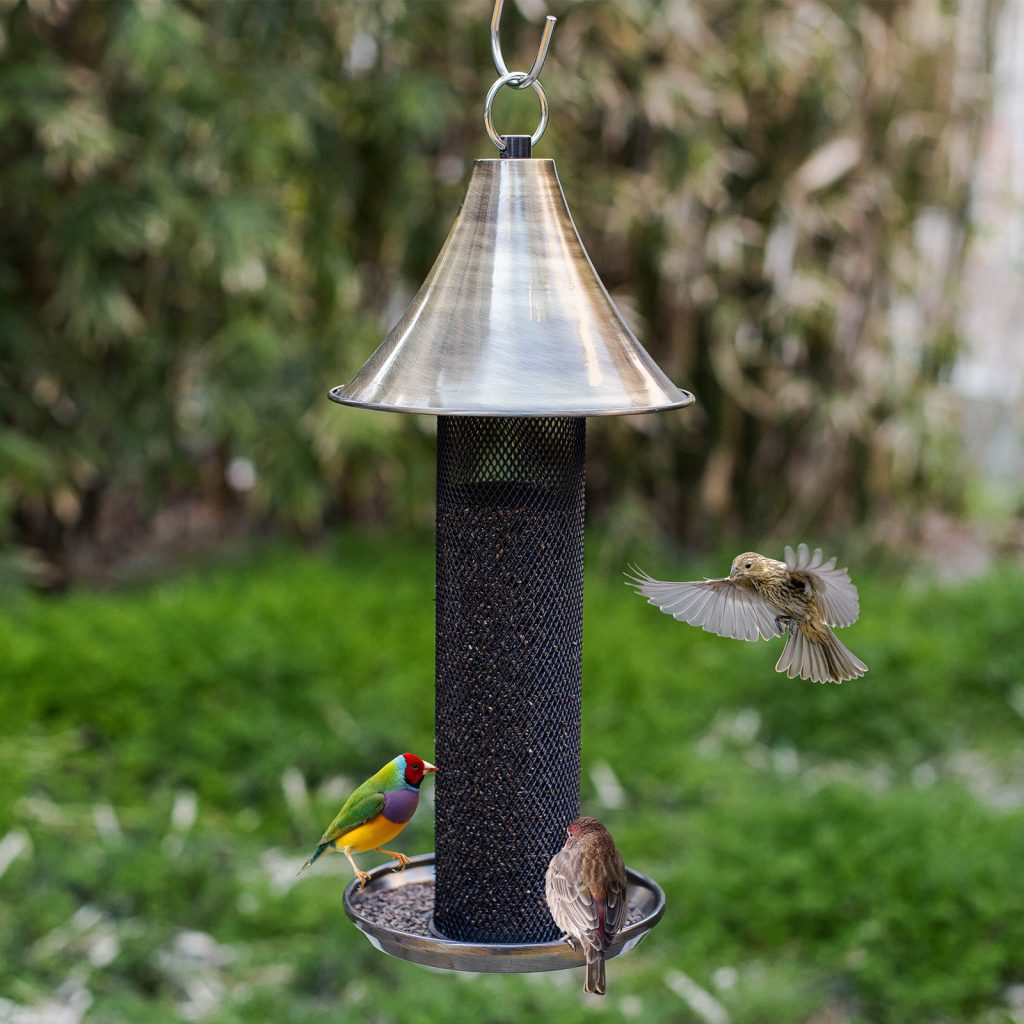
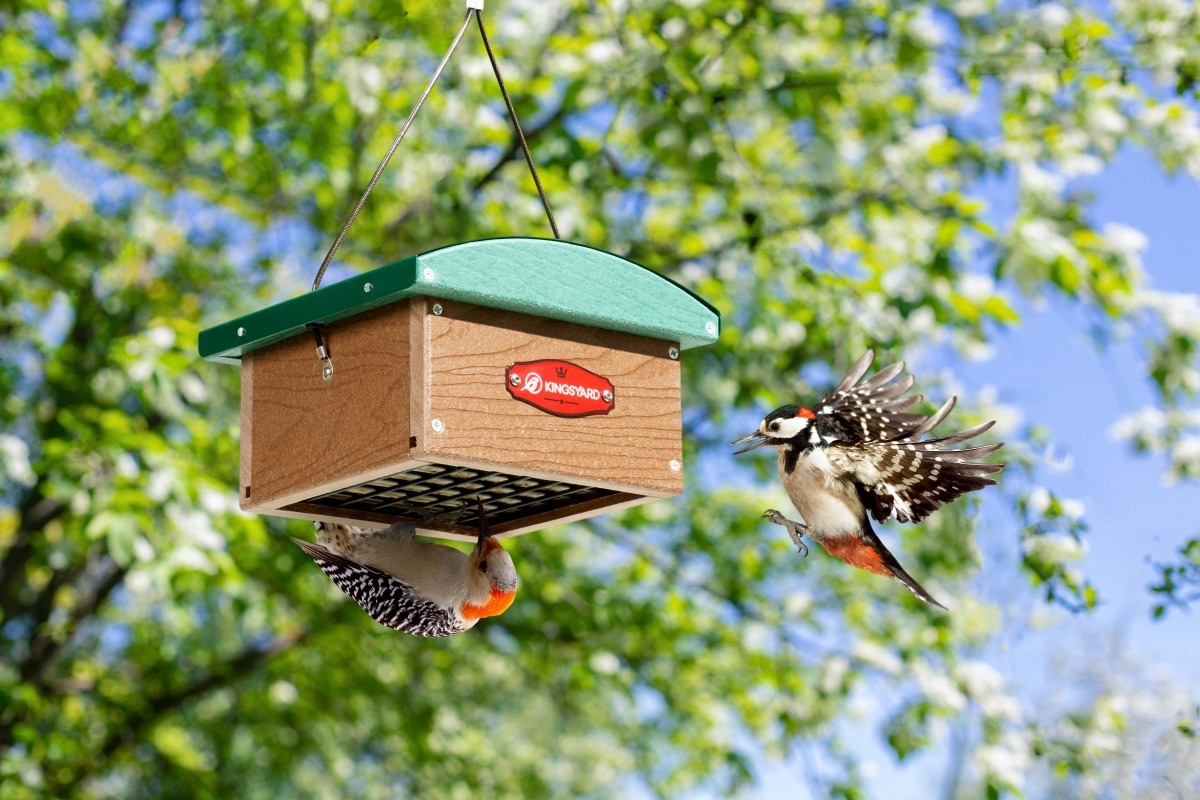
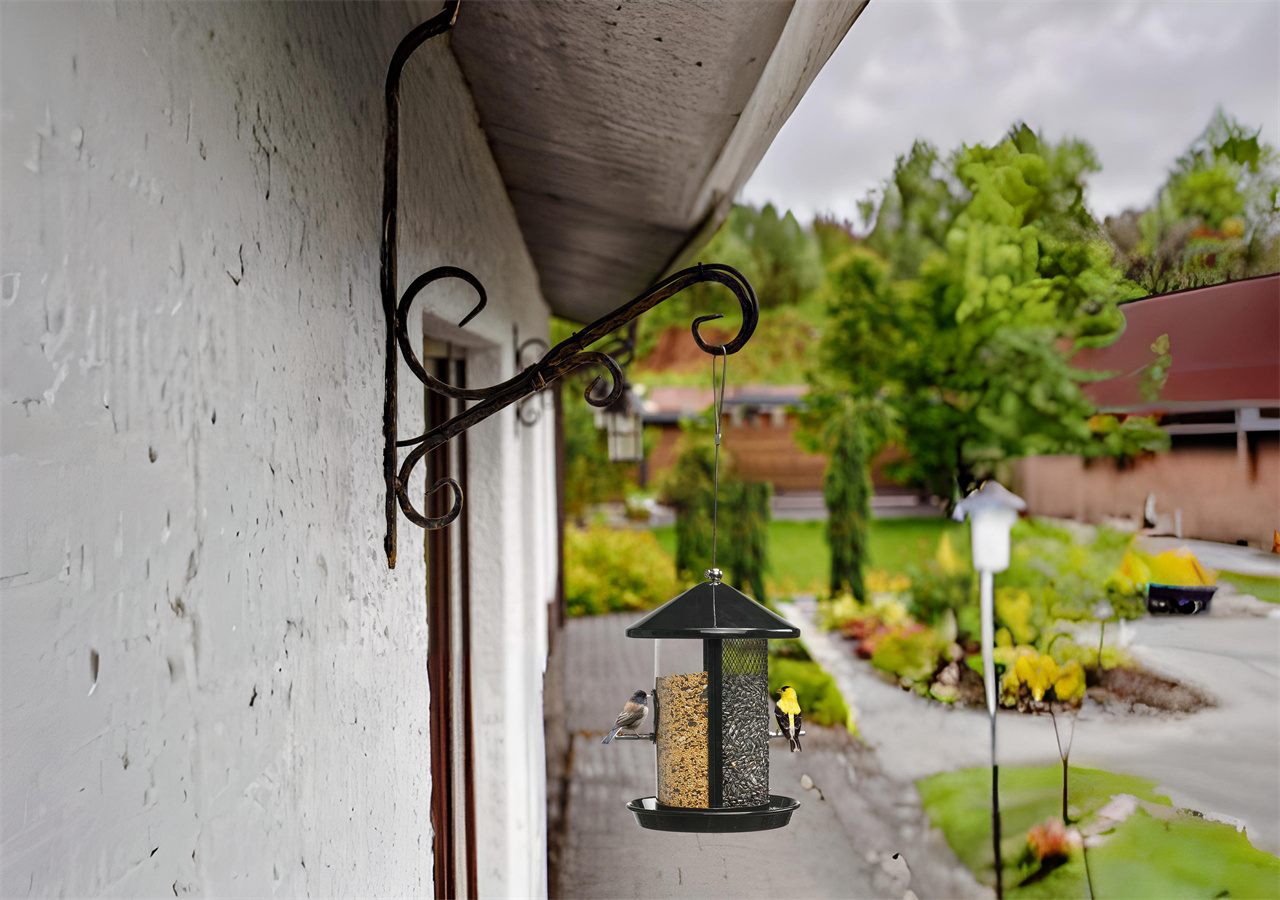
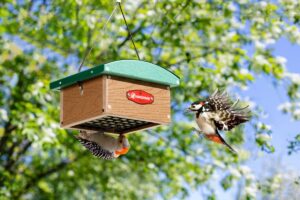
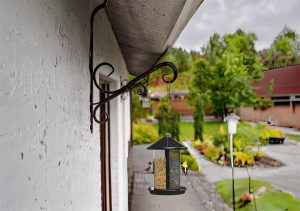

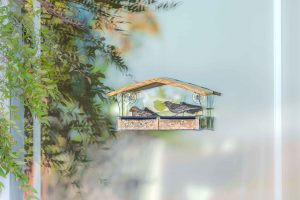
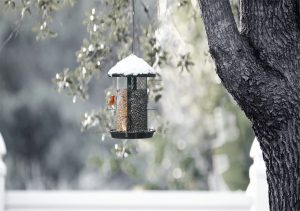
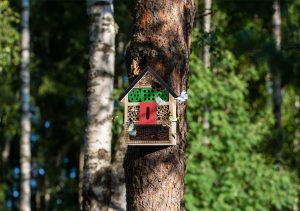
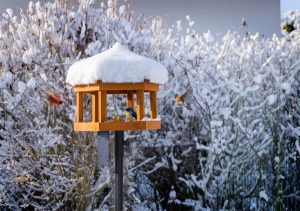
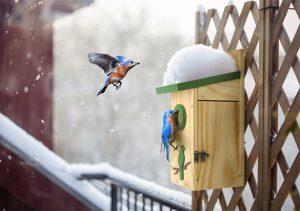
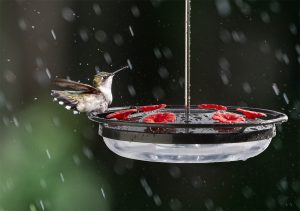
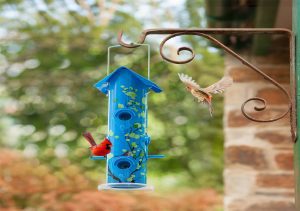
Post Comment